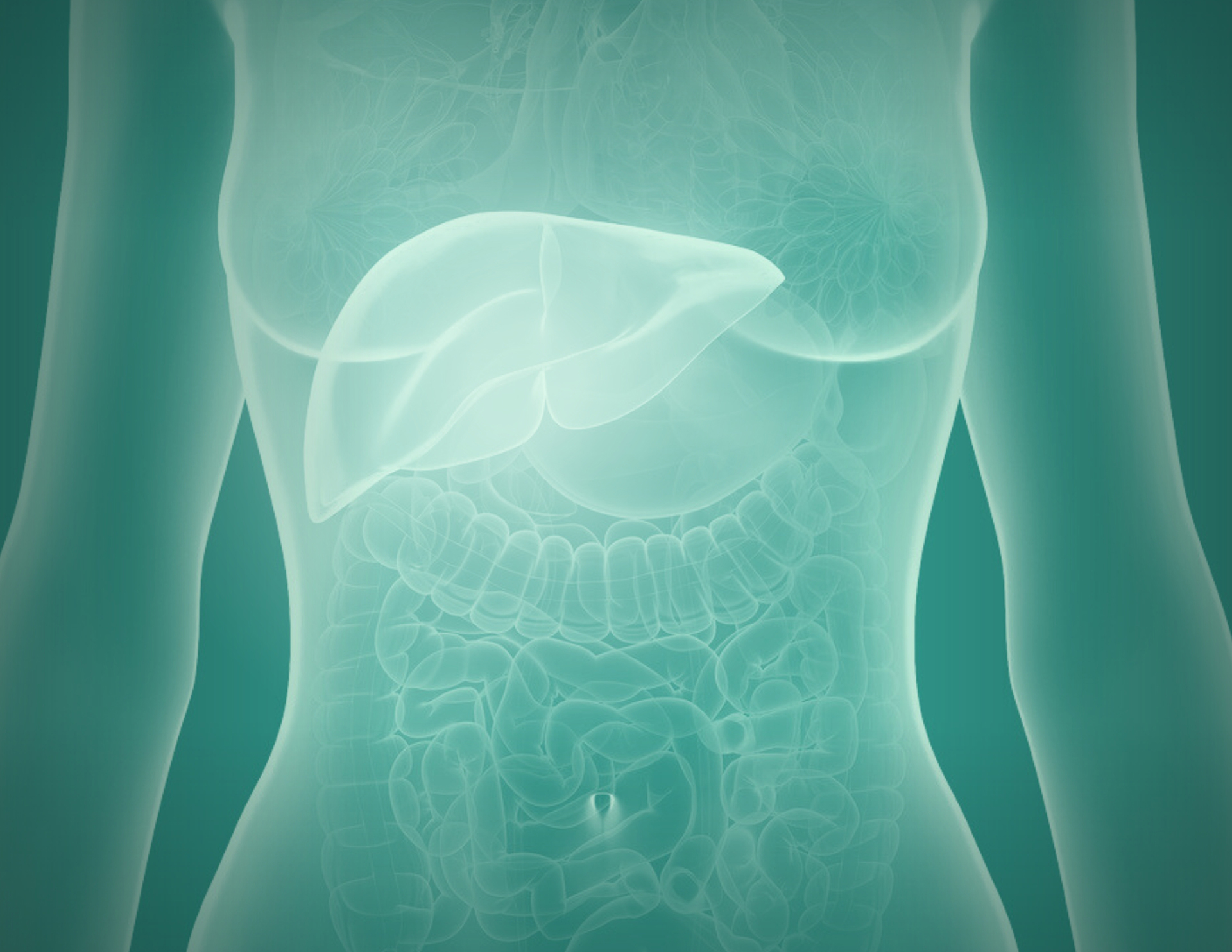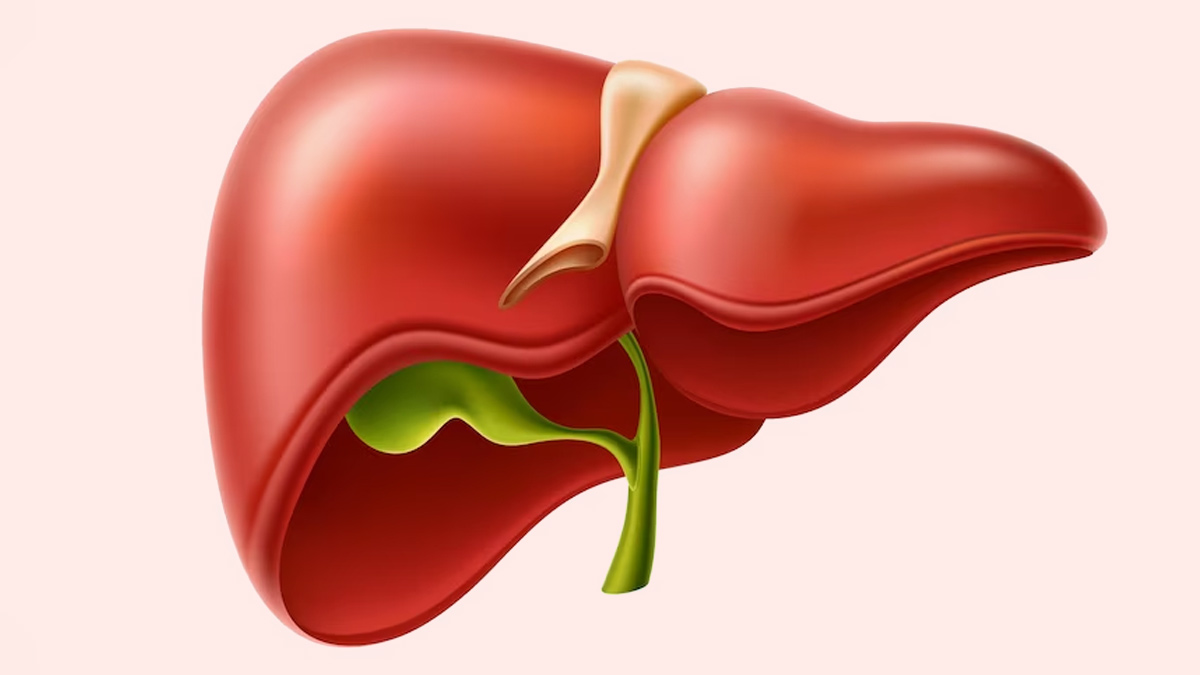The Word Root For Liver Is

Imagine the rich, earthy hues of a freshly harvested beet, the deep red of a perfectly seared steak, or the subtle blush of dawn breaking over the horizon. These colors, so evocative of life and vitality, often lead us to consider the organs that tirelessly work within our bodies, supporting our very existence. One such organ, the liver, often goes unnoticed until something goes amiss, yet its influence on our health is profound.
This article delves into the fascinating etymology of the word "liver," tracing its roots through the labyrinthine pathways of language to uncover its ancient origins and shed light on how different cultures have perceived this vital organ throughout history. Ultimately, understanding the word root for liver reveals a story not just about language, but about our enduring relationship with the human body and the natural world.
A Journey Through Language: Unearthing the Root
The word "liver" is a familiar term, readily understood across much of the English-speaking world. But where does this common word originate? The answer lies buried deep within the Proto-Indo-European language, the reconstructed ancestor of a vast family of languages spanning from India to Europe.
Linguists have identified the Proto-Indo-European root *yekʷr̥ as the source of our modern word. This ancient root, meaning simply "liver," has given rise to a surprising number of related terms in various languages.
Cognates Across Cultures: A Family of Words
Consider the Greek word for liver: hêpar. This word is a direct cognate of the Proto-Indo-European root, clearly demonstrating the shared linguistic heritage.
Similarly, in Old English, the word for liver was lifer, which evolved into the Middle English livere, ultimately leading to our contemporary term. The Germanic languages also share this common ancestry; the German word for liver is Leber, and the Dutch word is lever.
Even languages that seem quite different on the surface, such as Sanskrit, reveal connections to this ancient root. The Sanskrit word for liver is yakṛt, further illustrating the widespread influence of the Proto-Indo-European language.
The Liver's Role: An Organ of Vitality
The liver is far more than just an anatomical structure; it is a powerhouse of metabolic activity. It performs a multitude of crucial functions, including filtering blood, producing bile, storing energy, and synthesizing proteins.
Its vital role in detoxification is particularly noteworthy. The liver acts as a gatekeeper, removing harmful substances from the bloodstream and preventing them from causing damage to other organs.
Given its central importance in maintaining health, it is no surprise that the liver has been associated with vitality and well-being throughout history. In ancient cultures, the liver was often regarded as the seat of emotions and the source of life force.
Historical Perspectives: The Liver in Ancient Medicine
Ancient civilizations held the liver in high esteem, often attributing profound significance to its health and function. In ancient Greece, for instance, physicians like Hippocrates recognized the liver's crucial role in digestion and overall well-being.
"The liver is the source of the blood vessels and the seat of the emotions." - Hippocrates
Similarly, in traditional Chinese medicine, the liver is considered a vital organ responsible for regulating the flow of Qi, or vital energy, throughout the body. Imbalances in the liver are believed to manifest as a wide range of health problems.
Even in ancient Rome, the practice of haruspicy, or divination through the inspection of animal entrails, often focused on the liver as a key indicator of the future. The condition of the liver was believed to reveal the will of the gods and foretell future events.
The Liver in Modern Medicine: A Scientific Understanding
Modern medicine has greatly advanced our understanding of the liver's complex physiology and its vulnerability to various diseases. Conditions such as hepatitis, cirrhosis, and liver cancer can significantly impair the liver's function, leading to serious health consequences.
Advances in diagnostic imaging, such as ultrasound, CT scans, and MRIs, allow physicians to visualize the liver and detect abnormalities with greater precision. Liver biopsies can provide valuable information about the extent of liver damage and guide treatment decisions.
Moreover, medical research continues to explore new therapies for liver diseases, including antiviral medications, immunomodulatory drugs, and liver transplantation. These advancements offer hope for individuals affected by these challenging conditions.
Lifestyle Factors: Protecting Liver Health
Maintaining a healthy lifestyle is essential for protecting liver health. Excessive alcohol consumption, a diet high in processed foods and saturated fats, and lack of physical activity can all contribute to liver damage.
Conversely, a balanced diet rich in fruits, vegetables, and whole grains, regular exercise, and moderate alcohol consumption can help support liver function and prevent liver disease. Vaccination against hepatitis A and hepatitis B is also crucial for preventing viral infections that can damage the liver.
Furthermore, being mindful of exposure to environmental toxins and certain medications that can be harmful to the liver is important for preserving liver health.
A Reflective Conclusion: The Liver's Enduring Legacy
The journey from the Proto-Indo-European root *yekʷr̥ to our modern word "liver" offers a fascinating glimpse into the interconnectedness of language and human history. It reveals how different cultures have recognized the liver's vital role in health and well-being across millennia.
From ancient medicine to modern science, the liver has remained a subject of intense study and reverence. Its complex functions and vulnerability to disease underscore the importance of protecting this essential organ.
As we continue to unravel the mysteries of the human body, let us not forget the silent work of the liver, the tireless organ that sustains our lives and connects us to a shared linguistic and biological heritage. The simple word, liver, carries within it the weight of ages, a testament to the enduring power of language and the enduring importance of our health.
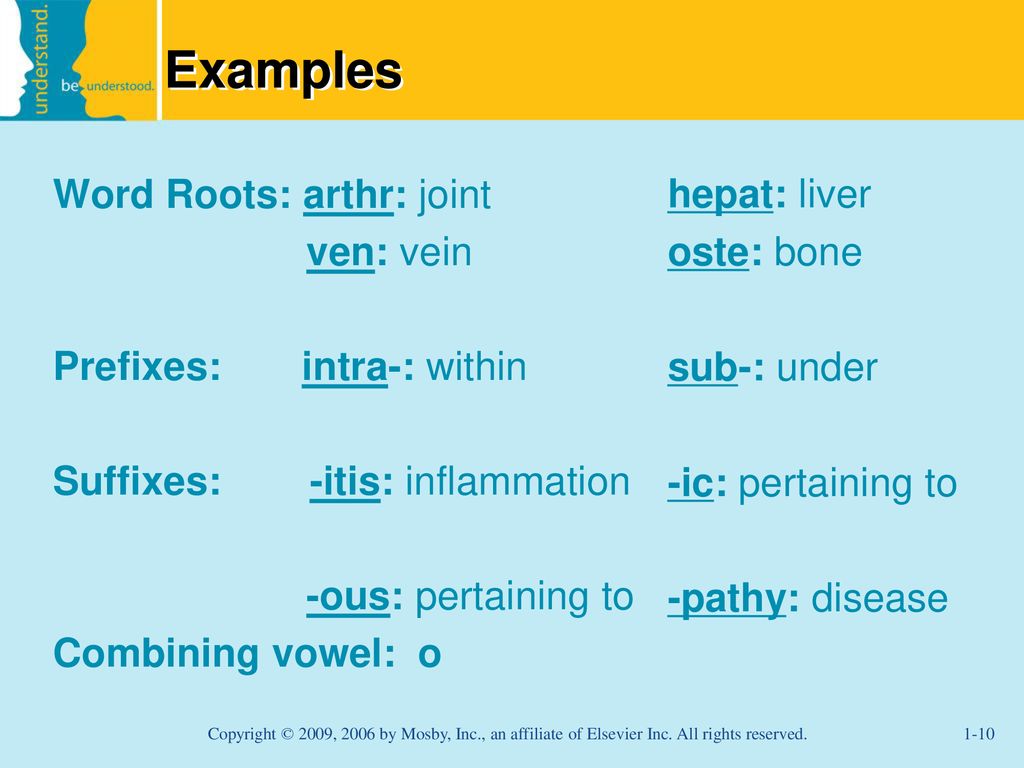

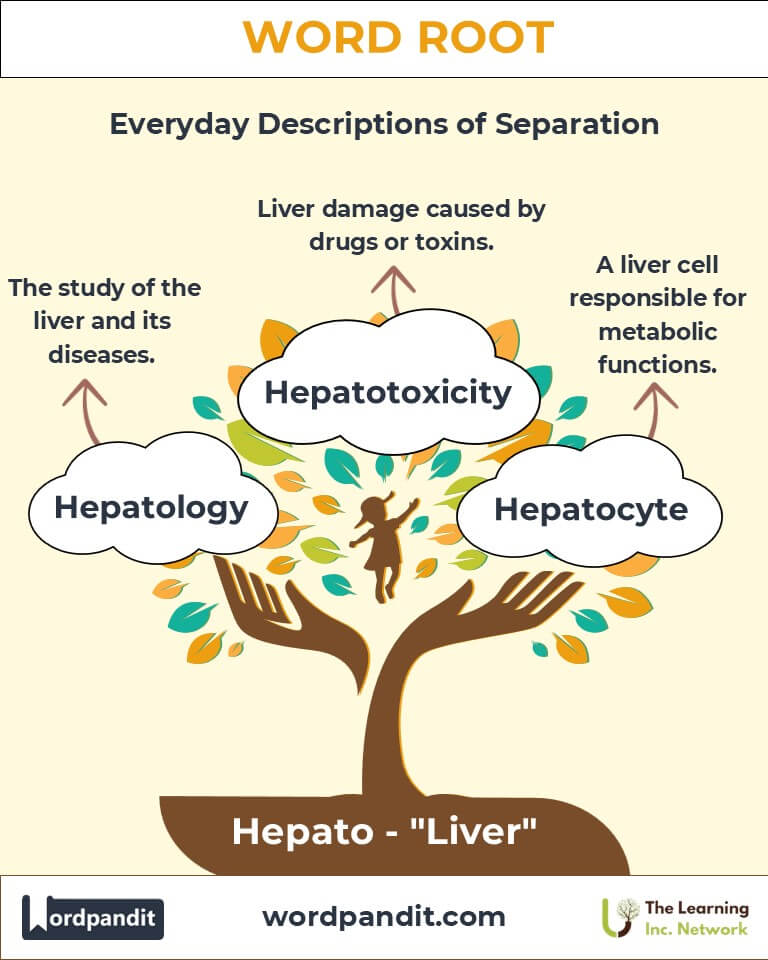



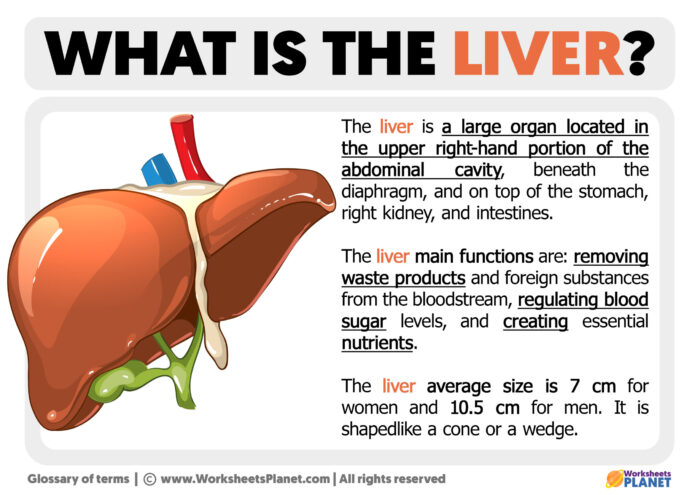





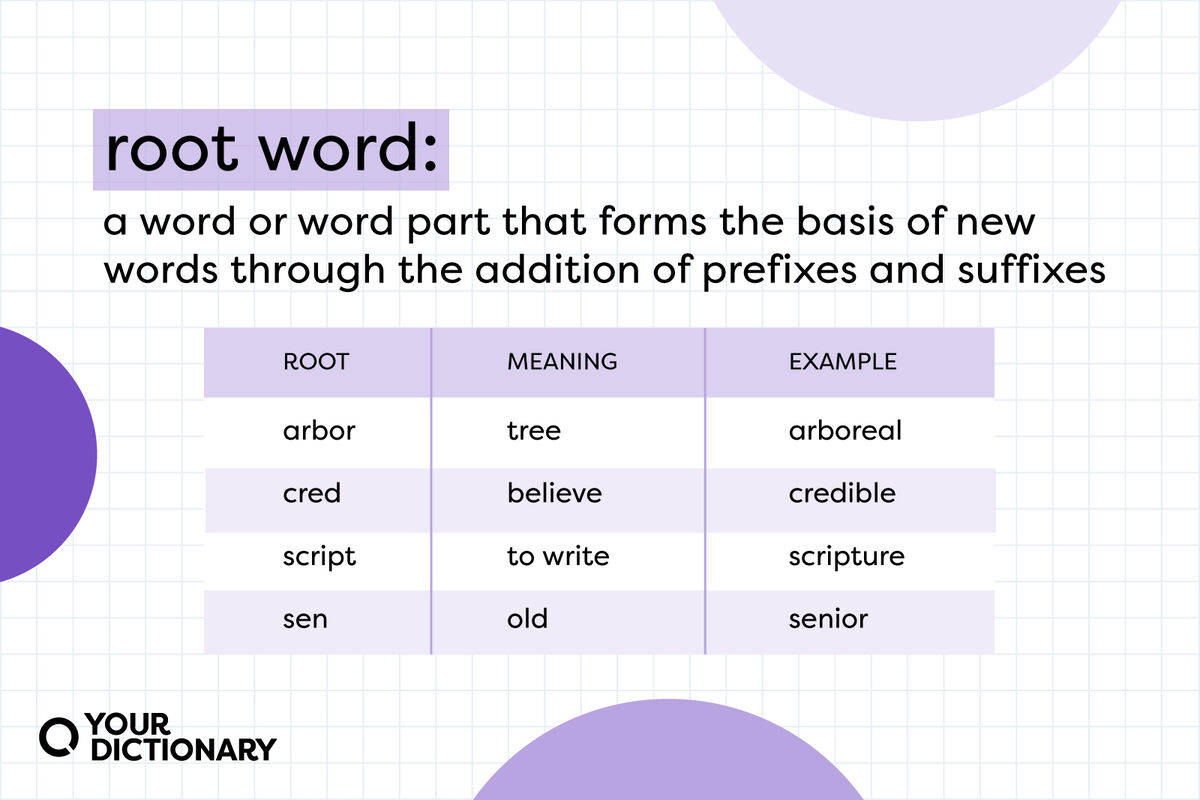
:+basic+meaning+of+the+medical+term..jpg)
